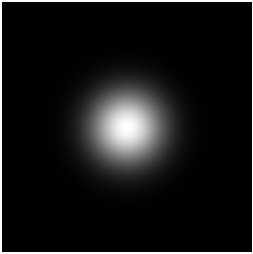Interpreting some homework, I'm a little confused on what it's asking for. I'm asked to filter in the frequency domain (easy enough, just a fft2 and ifft2 when I'm done) a 256x256 8bit grayscale tiff with the following filters:
- "Rectangular low pass filter using cutoff frequency of (uc=N/4,vc=M/4) where N and M are the row and column sizes of the image."
- "Circular low pass filter using cutoff frequency of Circular
filter the cutoff frequency is given by Rc=N/4= sqrt[(uc)^2+(vc)^2]
where N and M are the row and column sizes of the image" - "Rectangular high pass filter that has the same cutoff as part a."
- "Circular high pass filter that has the same cutoff as part b."
Now, I understand some of this well enough, but the "Rectangular/Circular" throw me. We didn't really cover anything like that. What we did cover were the ideal low/high pass filters and the butterworth low/high pass filters. Is this perhaps a synonym for the two, the ideal with its immediate cutoff and the buttworth with its tapering? My book does not mention anything in this regard (though perhaps I have not found it...the book is verbose and I am an impatient student at times), only that the general form it gives for the Ideal filters is a circular cutoff, which is what prompts my second supposition: that the circular is the method the book uses, and the rectangluar means to filter anything inside a submatrix one quarter the size of my image, centered, in the frequency domain.
Or are we talking two different kinds of ideal LPFs and HPFs,
Yes, this is homework for a course, but I'm not looking for easy answers. I'm looking for understanding.



